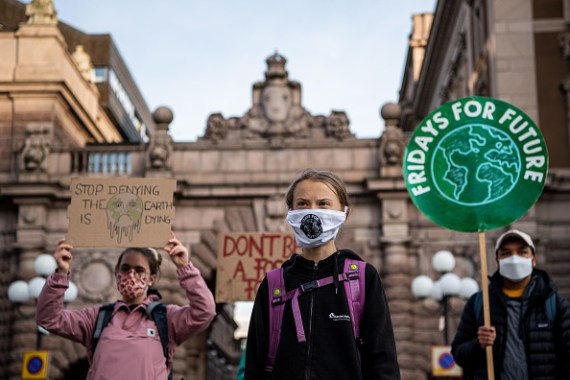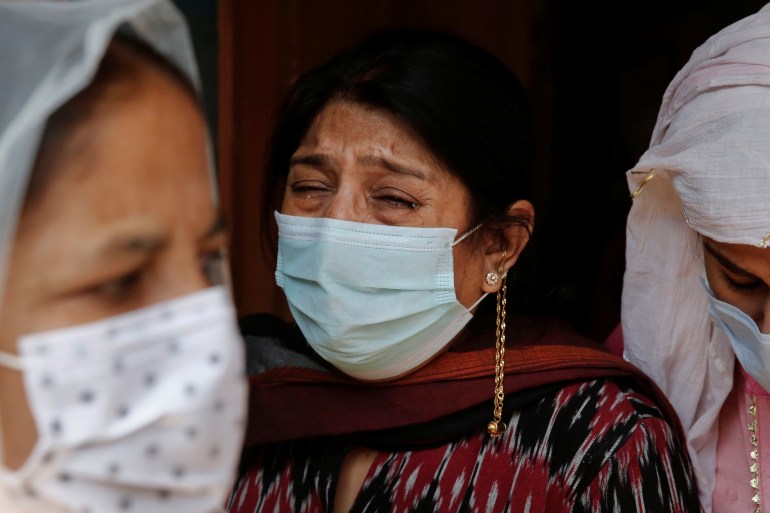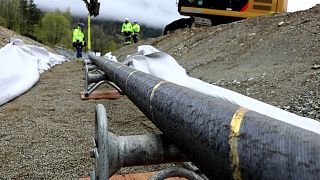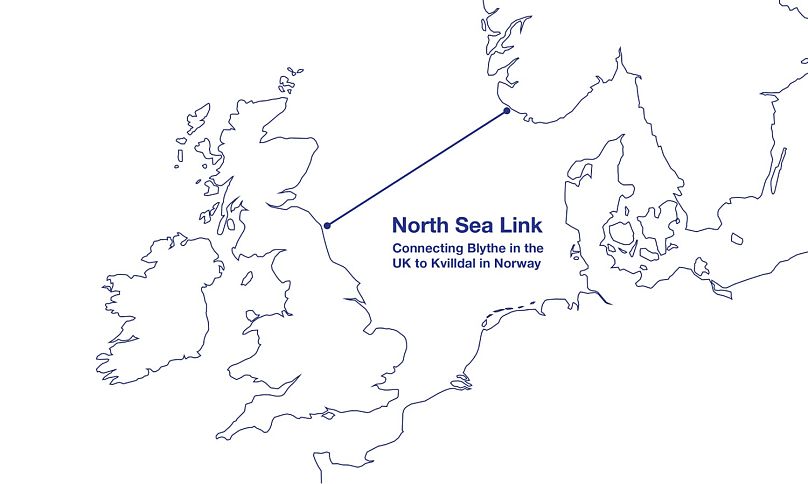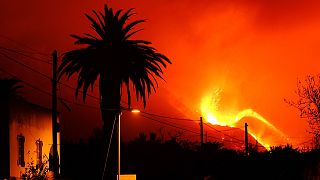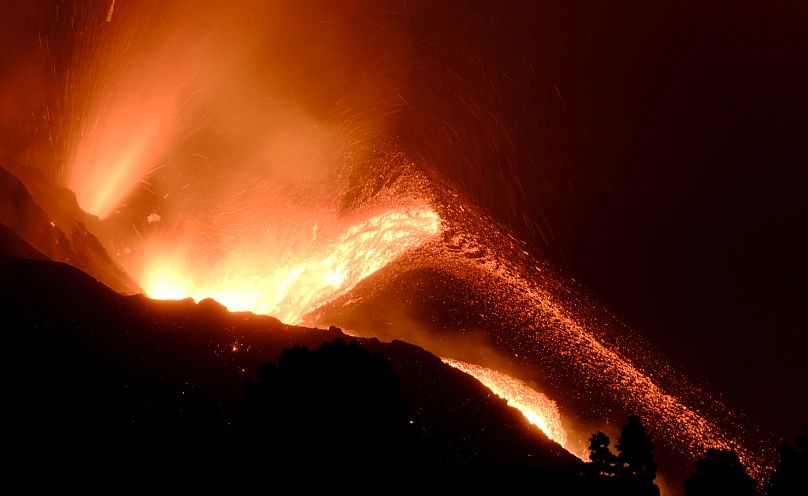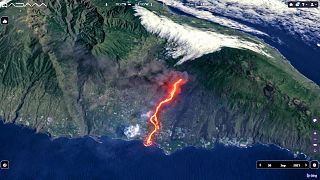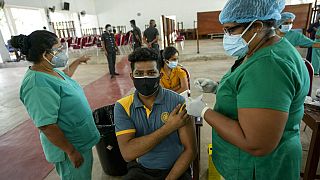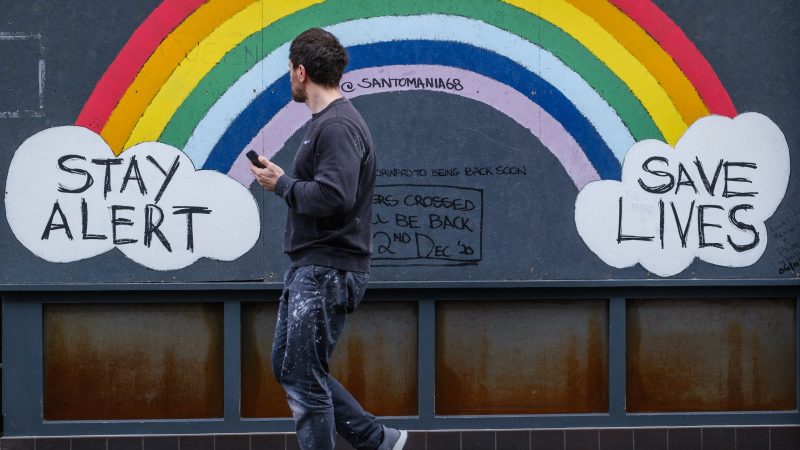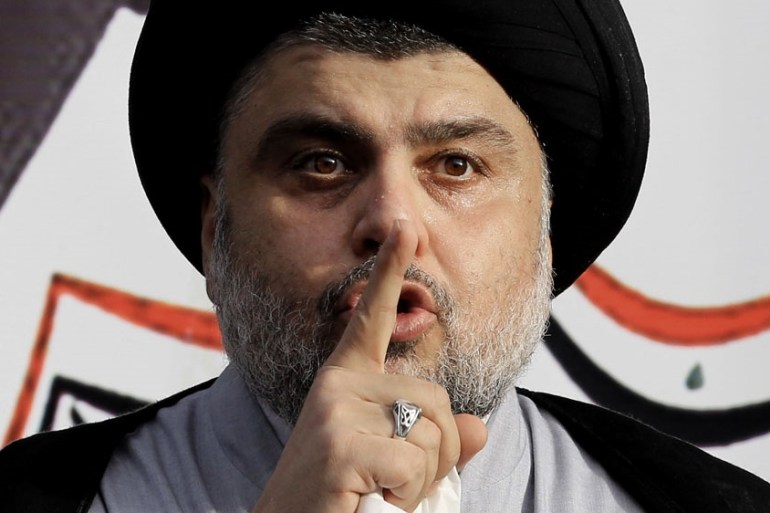By Rifat Fareed
10 Oct 2021
Srinagar, Indian-administered Kashmir – A string of targeted killings of civilians this week in the Indian-administered Kashmir has caused a sense of fear among the minority communities, with many Hindus starting to leave the region.
A Sikh principal and her Hindu colleague were shot dead inside their school on the outskirts of Srinagar, the region’s main city, on Thursday in the third attack within a week. The attackers first checked the identity cards of the teachers and then isolated 46-year-old Sikh woman Supinder Kaur and a local Hindu teacher Deepak Chand before shooting them dead on the school premises, officials said.
KEEP READING
Indian police raid homes, question four journalists in Kashmir
A total of seven people have been killed in the recent spate of killings, blamed on the rebels fighting Indian rule.
Authorities have asked members of the Hindu community not to venture out of their homes. But that has failed to assuage their fears. Some of them have quietly left the region, bringing back memories of the 1990s, which saw the flight of the Hindu community.
Tens of thousands of people from the minority Hindu community were forced to leave mainly for the southern city of Jammu after some members of the community were targeted following the eruption of an armed rebellion in 1989.
But about 800 families had decided to stay back despite the precarious security situation. Among them was the family of *Rudresh Chaku, 23, a computer science graduate, from Srinagar.
The “recent attacks have brought back the memories of the 1990s,” Chaku, a member of the Hindu Pandit community, told Al Jazeera.
“I was not born in the early 1990s but today my parents are witnessing the flashback of those times and I am able to see closely how tough the times would have been,” Chaku.
The young computer graduate sees his future in Kashmir but says his parents are worried.
“They regret not migrating in the 1990s. If these things continue, we cannot stay here any more,” Chaku said, adding that for the past five days, the family has not stepped out of their home.
“Though my Muslim friends are calling all the time for any help and support me to make me feel safe, but the fear is still there,” he said.
Hundreds detained
Police have detained hundreds of people as they promised to bring the perpetrators to justice.
A police official on the conditions of anonymity said more than 300 people, mostly young men, have been detained in raids across the region. Most of these people have been involved in “stone pelting and violent protests” in the past, the official said.

Kashmir is one of the most militarised zones in the world
[File: Dar Yasin/AP Photo]
Authorities have tried to reassure the minority community that the latest killings should not be seen through a communal prism, emphasising that out of the 28 civilians killed by rebels this year, 21 were local Muslims. The deadly attacks, the police said, are part of a larger pattern of civilian killings in the restive region, which has seen decades of deadly violence.
The latest attacks started with the killings of Majid Ahmad Gojri and Mohammad Shafi Dar of Srinagar’s old city. On Tuesday, rebels killed a prominent pharmacist Makhan Lal Bindroo, a Hindu, at his shop in Srinagar. Later in the day, two more people were killed, including a Muslim taxi driver in the northern city of Bandipora.
The region’s police chief, Vijay Kumar, said in a statement soon after the killings: “We appeal to general public specially minority communities not to panic.”
Muslim religious leaders stand in solidarity
Muslim religious leaders in the region have condemned the killings from mosques, asking people to take initiatives to make the minorities feel safe in the region.
A senior pro-freedom leader, Mirwaiz Umar Farooq, condemned the killings and said he is “deeply grieved”.
“When militarisation is pursued as a state policy to handle a live and lingering conflict rather than seeking conflict resolution, bloodshed and loss of precious human lives is the consequence,” the senior leader, who has mostly been in house arrest in the past two years after the abrogation of Article 370 in August 2019, said in a statement.
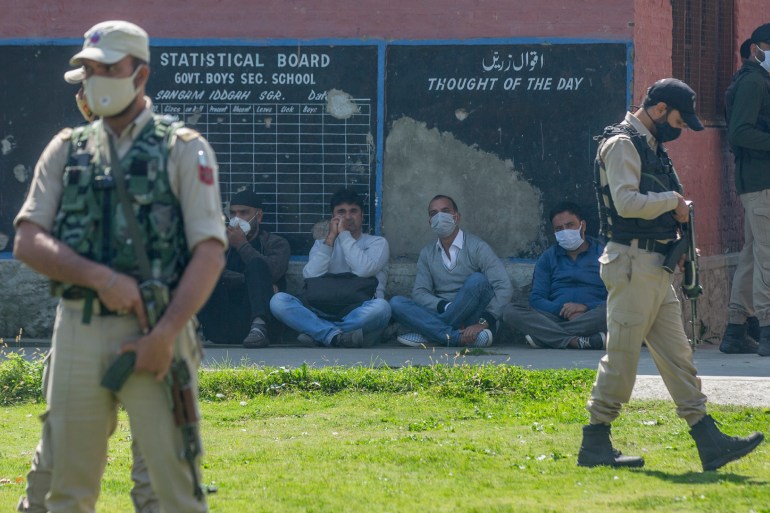
Indian paramilitary soldiers stand guard next to a group of teachers sitting inside a government school where two teachers were shot dead by assailants in the outskirts of Srinagar
[Dar Yasin/AP Photo]
The killings have invoked resentment and anger in the region as well as across India, with the opposition parties criticising the ruling Hindu nationalist Bharatiya Janata Party (BJP) for the deterioration of the security situation.
Home Minister Amit Shah, a close confidant of Prime Minister Narendra Modi, has particularly come in for criticism for the spike in violence as Kashmir falls under the jurisdiction of his ministry. Shah was instrumental in the scrapping of the region’s limited autonomy and bringing it under central rule two years ago.
Shah held an emergency security meeting in India’s capital, New Delhi, to review the security measures in the disputed Muslim-majority region. Both Pakistan and India claim the Himalayan region in its entirety but govern only part of it.
Many pro-Indian politicians say changes in land and domicile laws have generated apprehension among the local Muslim population, who fear that the BJP government aims to bring about demographic change in the region.
Mehbooba Mufti, the former chief minister of the region, said “the government has communalised the whole situation”.
“These things [civilian killings] are unfortunate, but they are the outcome of government policies that have been very suppressive, stringent and muscular. People feel more alienated, if you say anything you are slapped with anti-terror laws. The moderate space or middle ground has been completely obliterated. Now, there is either militancy or the security forces,” she told Al Jazeera.
‘More palpable’
Sanjay Tickoo, the president of Kashmiri Pandits Sangharsh Samiti (KPSS), an organisation that works for the rights of Hindus in Kashmir, said that during the current tension the “Muslim majority population is also on the backfoot and fear is more palpable”.
Tickoo said he keeps on getting desperate calls from his community members across Kashmir.
“… I told them we overcame the 1990s and this shall pass, too. I have locked the main door of my house if anyone knocks, I get on the top floor to check first who has come,” Tickoo said, adding that according to the information shared by his community members, 70 families, meaning roughly 300 people, have left Kashmir for Jammu for security reasons.
Citizens for Justice and Peace (CJP), another organisation of local Hindus, has started an online petition addressed to the region’s administrative head, Manoj Sinha, demanding protection.
“Over 100 memoranda by the KPSS failed to elicit any concrete response and a heartless regime also ignored two hunger strikes by the Kashmiri Pandit group,” read the online petition that has been signed by more than 700 people.
Most of the families that left in recent days had returned to Kashmir after 2010 as they were provided jobs and housing under the prime minister’s rehabilitation package for migrants. Officials say that close to 3,800 Hindu families returned to the Muslim-majority region in the last 10 years.
But those who had decided to stay in Kashmir in the 1990s mostly continue to live among their Muslim neighbours.
The local Hindus working in the government departments have been given leave for the time being. Students from Indian states have been offered safe accommodations by their institutions.
‘Live in fear’
In the volatile southern Kashmir’s Pulwama district, a local Hindu family who has been living among their Muslim neighbours for decades refused to speak to Al Jazeera due to the prevailing fear. But a 30-year-old engineer, Sandeep, who lives in the old Srinagar city, told Al Jazeera that “more [Hindus] can leave in coming days”.
“I live with my sister and mother but they fear for my life now. When I leave home my family calls continuously. It is like the 1990s repeating. I was very young then, had I been an adult, I would never choose to stay here,” he said, adding that “it is better to leave than live in fear always.”

Sikh community members carry the body of slain Supinder Kaur, a government school teacher during her funeral procession in Srinagar [Mukhtar Khan/AP Photo]
“It is not possible to stay home all the time, because we have to earn to eat. Now, we don’t know whether we will reach home safely by evening or not,” he said, adding that “the minority should be given security and a one-time solution by the government.”
The BJP, which has presented itself as a champion of the Hindu cause, had promised to bring the displaced Hindus back to the Kashmir Valley – home to about seven million people, overwhelmingly Muslims.
Since it came to power in 2014, it has pushed hardline policies on Kashmir, refusing to speak to pro-freedom politicians. Two years ago, it suspended the local assembly and threw hundreds of pro-India politicians, including former chief ministers, in jail – a move criticised by the opposition.
The August 2019 move to abrogate Article 370 – which granted Kashmir a special status – was followed by the deployment of tens of thousands of more troops to a region already said to be one of the most militarised zones in the world.
The government said the unprecedented move two years ago was to root out “terrorism” – but critics are now saying the government’s hardline policy does not seem to be working.
Sikh-Muslim relations
On Friday, hundreds of angry Sikhs participated in the funeral of Kaul, the slain school principal, and marched in the streets of Srinagar, expressing their resentment over the “shocking incident”.
Jagmohan Raina, who heads All Party Sikh Coordination Committee (APSCC), an organisation which advocates for the 150,000 Sikhs in the region, told Al Jazeera “that common Muslim man has nothing to do with such incidents”.
“We have taken a decision at the community level to refrain women from attending their offices till a further decision is made,” he said.
But the Sikh leaders like Raina are conscious, too. He said the community would fight the elements that are trying to create a religious divide between Muslims and Sikhs over these incidents.
“We don’t have fear from Kashmiri common men but from those who are being used for these targeted killings,” Raina said.
Sikhs and Muslims in the region have generally shared cordial relations over the years despite the decades of turmoil.
“We [Sikhs] have been part and parcel of this community for 500 years. We are not going anywhere,” Raina said.
‘Protect minorities’
Human Rights Watch (HRW), a global rights group, has demanded that the government must take measures to protect the minorities in Kashmir.
“The authorities should protect minorities in Kashmir and ensure justice for victims of security force abuses,” Meenakshi Ganguly, the South Asia director at HRW, said in a statement.
She said, “The Indian government’s failure to confront its own rights abuses feeds Kashmir’s brutal cycle of violence.”
Ganguly said this violence will not end “without justice for past and present abuses and respect for people’s rights and freedoms”.
Kashmiri women mourn the death of Supinder Kaur at her residence
[Al Jazeera]
A rebel outfit, the Resistance Front (TRF), has claimed responsibility for the recent killings. The armed group is believed to be the offshoot of Pakistan-based Lashkar-e-Taiba (LeT), which first surfaced in March last year.
The police had called it a local front of LeT “launched by Pakistan” immediately after the abrogation of Article 370 in 2019.
Police sources have told Al Jazeera that rebels are taking advantage of a raging debate about the “changing demography” in the region generated by the changes in domicile and land laws.
“The terrorists are targeting minorities and Indian nationalists among Kashmiri Muslims including local BJP workers to spin a narrative about demographic change. In the last two years, around 23 BJP workers, mostly Muslims, have been killed by the terrorists,” an official said. “But these tactics will not succeed.”
*Name changed to protect identity
SOURCE: AL JAZEERA

